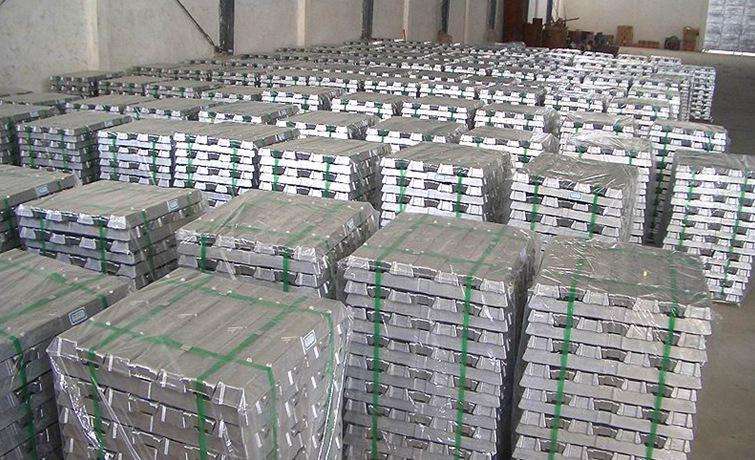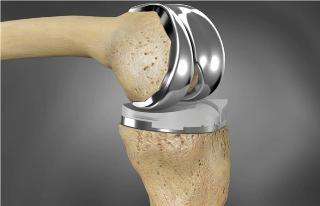Aluminum is a silver-white metal that ranks third in the earth's crust after oxygen and silicon. The density of aluminum is small, only 34.61% of iron and 30.33% of copper, so it is also called light metal. Aluminum is the world's non-ferrous metal that is second only to steel in terms of production and consumption. The density of aluminum is only 2.7103 g/cm3, which is about 1/3 of the density of steel, copper or brass. Because aluminum is light in weight, it is often used in the manufacture of land, sea and air vehicles such as automobiles, trains, subways, ships, airplanes, rockets, and spacecraft to reduce the load by increasing its own weight.
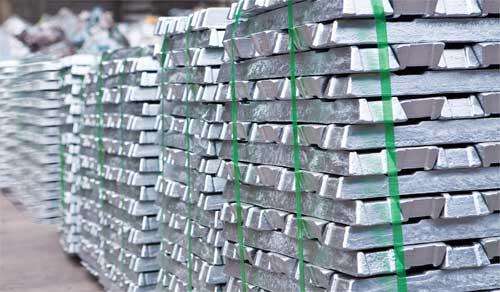
In our daily industry, the raw material is called aluminum ingot. According to the national standard (GB/T 1196-2008), it should be called “remelting aluminum ingot”, but everyone is used to “aluminum ingot”. It is produced by electrolysis using alumina-cryolite. There are two main categories of aluminum ingots after entering industrial applications: cast aluminum alloys and deformed aluminum alloys. Cast aluminum and aluminum alloys are castings for the production of aluminum by casting; deformed aluminum and aluminum alloys are processed products of aluminum by pressure processing: plates, strips, foils, tubes, rods, profiles, wires and forgings. According to the national standard, the aluminum ingot for remelting is divided into 8 grades according to its chemical composition, namely Al99.90, Al99.85, Al99.70, Al99.60, Al99.50, Al99.00, Al99.7E, Al99. 6E” (Note: the number after Al is the aluminum content). Some people call "A00" aluminum, which is actually aluminum with an aluminum purity of 99.7%, and is called "standard aluminum" in the London market. Everyone knows that China’s technical standards in the 1950s came from the former Soviet Union. “A00” is the Russian brand in the Soviet national standard. “A” is the Russian alphabet, not the English “A”, nor the Chinese alphabet. If "A" is in line with international standards, it is more accurate to call "standard aluminum". Standard aluminum is an aluminum ingot containing 99.7% aluminum, which is registered on the London market.

Aluminum ingots are divided into aluminum ingots, high-purity aluminum ingots and aluminum alloy ingots according to different compositions; they can be divided into strips, round ingots, ingots, T-shaped ingots, etc. according to shape and size.
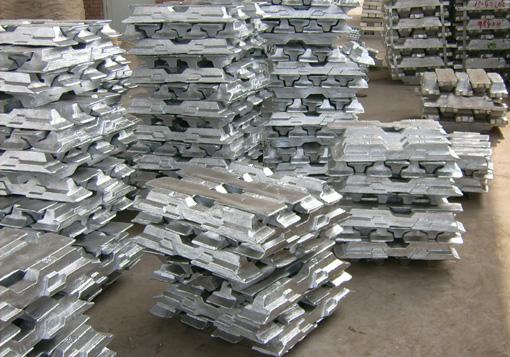
Round ingot - -30 ~ 60kg (for wire drawing).
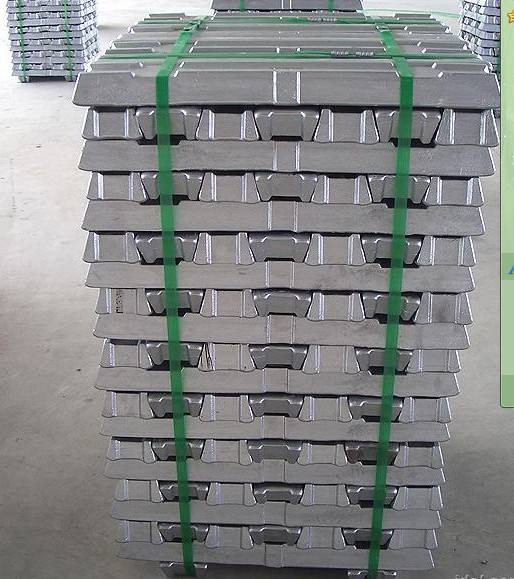
The bauxite is first produced, and the aluminum ore powder is produced by washing and grinding, and then alumina is obtained by four complicated processes such as roasting. There are three main types of bauxite produced by alumina: gibbsite and Alumina, boehmite.
Among the proven global reserves of bauxite, 92% are weathered laterite bauxite, which is a gibbsite type. These bauxites are characterized by low silicon, high iron, high aluminum to silicon ratio, concentrated in Africa. West, Oceania and Central and South America. The remaining 8% are sedimentary bauxites, which are boehmite and diaspore, medium to low grade, mainly distributed in Greece, the former Yugoslavia and Hungary.
Due to the different characteristics of the three bauxite mines, each alumina production enterprise adopts different production processes in production, mainly including Bayer process, soda lime sintering method and Bayer-sintering combination method. Generally, high-grade bauxite is produced by the Bayer process, and low-grade bauxite is produced by a combined method or a sintering method. Due to its simple process and low energy consumption, Bayer has become the most important method in the current alumina production. The output accounts for about 95% of the total global alumina production.
Alumina is electrolyzed by aluminum under the action of a strong current. This process is called electrolytic aluminum;


